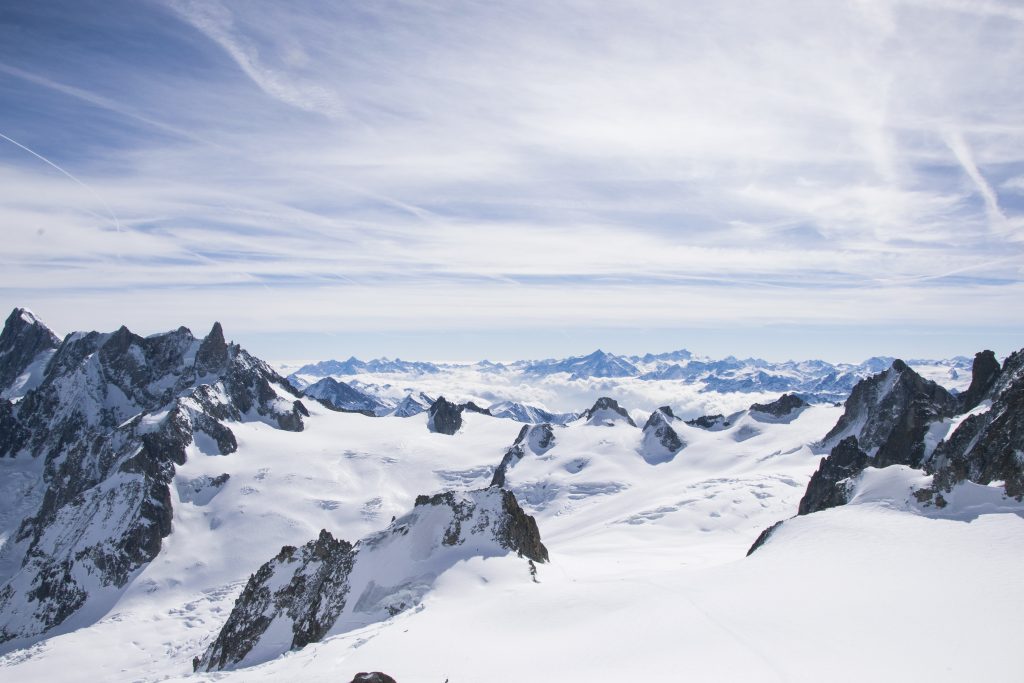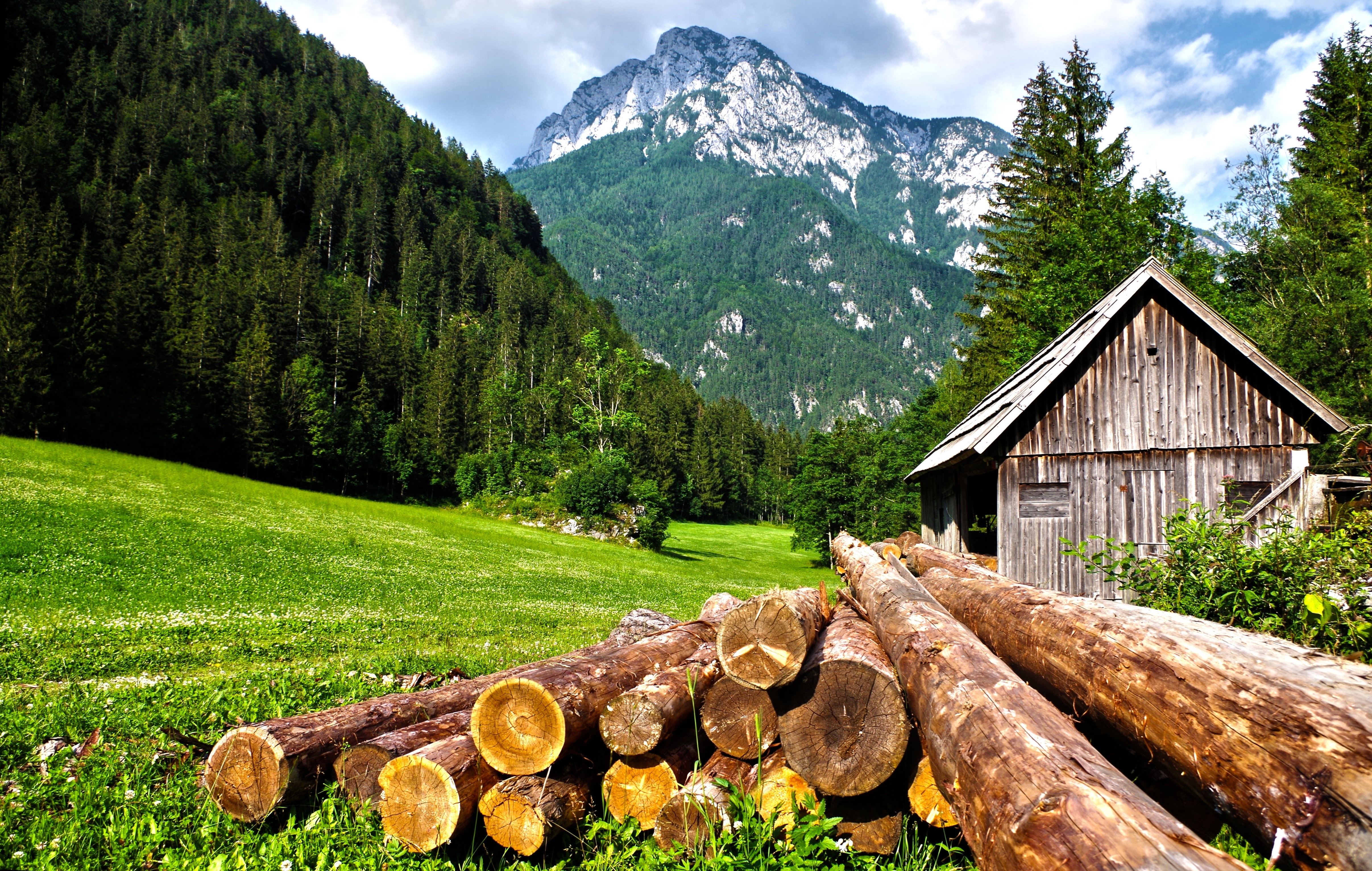Juan Ramon Gomis writes on walking and climbing in the mountains, travelling in Europe and looking at flowers, here he reads Wordsworth’s Prelude atop a mountain in Italy.
The German Alpine club was formed in the 1850s and remained through to the Second World War a remarkable space in which Germans and Austrians could come together in the borderland between their two states. As these states were formed, and then changed and were reformed as Germany was unified and as the Austro-Hungarian Empire declined after this unification and after the First World War, the mountains remained a place in which an idea of a unity of the German-speaking peoples could be discussed. It began as a romantic ideal and had within it for a long time a liberal and democratic idea but gradually over time it was usurped by first nationalism and racism and then by the rise of national socialism, as indeed, was so much of the German romantic movement, forming a background to the 1938 Anschluss and underpinning the ideas of division and unity between the two states.

In his classic study of this development, Apostles of the Alps: Mountaineering and Nation Building in Germany and Austria, 1860–1939, Tait Keller, describes and analyses this amazing and disturbing history brilliantly. Published in 2016, the work brilliantly draws these diverse themes together but it also considers the impact on the mountains themselves of all this attention and development over decades. Tait argues that the creation of a network of hunts and refuges across the Austrian Alps and linking the two communities of climbers and walkers, the German and the Austrian, was the precursor to a much more complex set of developments as the tourism industry grew and developed. As numbers wanting to come increased the railway expanded on both sides, the number of resorts and hotels increased, cable cars were introduced, the road system was improved. As he puts it the “organizational power of the modern state in forbidding frontier landscapes” brought technology into the mountains. But he argues “that this is not a story of environmental decline alone” he stresses the way in which “the technological development of the mountainside both changed the landscape and fostered an appreciation of nature. Projects such as the Münchner Haus and observatory at the peak of the Zugspitze and the Großglockner Hochalpenstraße constructed the material state and the discursive nation simultaneously, paradoxically scarring the landscape while also serving the cause of conservationists.”

It is a compelling argument but ultimately it is flawed and the overall sense of the book seems to me to be a little too kind to the myth of the romanticism in the construction of the Nazis state and the destruction of the natural environment of the Alps. In terms of the Nazis state, the mobilisation of the idea of a medieval past was central to iconography and the policy of the Nazis state from 1933 and was deep within the movement from the beginning. The Brown Shirts, with their endless drilling, walking, hiking and often ultra-violent torchlight marches were the culmination of the Alpine movement expressed in German culture. While it could, of course, have developed in a different direction, the course of German history took this movement into the paramilitary structures of the party and then into the war machine of the state. These rustic, romantic movements also defined the countryside, the mountains and the forests as White, Aryan, they defined the city, the urban and the industrial, as Jewish. This was well before the First World War. The high point of German romanticism in the music of Wagner is imbued with this sense of anti-Semitism which was to become in the hands of Hitler, the Holocaust itself. So, the Alpine clubs, the hiking and the movement to the countryside may have begun as something innocent and even democratic, it did not remain so. With respect to the environment, the impact of humans as the double-sided argument is a familiar one. It is often the case that those who support human development suggest that the arrival of humans into a landscape has a double-sided impact, it can be negative but it can also preserve the environment. The conservationists and the environmentalist, it argues, drive along the same road that the tourists and the people running the tourist industry drive along. While this is no doubt true it is also misleading. It is the fact of the human intervention into the ecosystem that changes the outcomes for the plant and animal life therein. That those who seek to mitigate that impact arrive by the same means as those who are destroying that environment does not really change the impact. The Austrian Alps are a human landscape, with pools of wilderness but these are now few and very far between. The apostles of the Alps were also ultimately the harbingers of the Alps destruction.
Juan Ramon Gomis blogs here about mountains, here about travelling in Europe and looking at flowers



